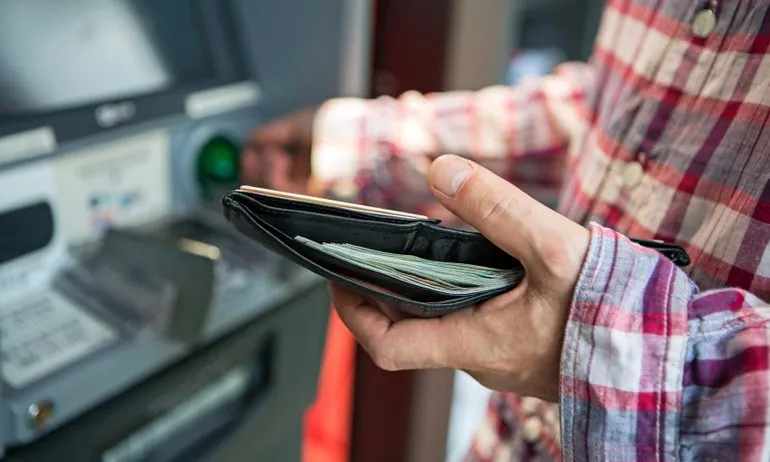The Potential Threats Bank Staff May Present to Your Finances

The Hidden Threat: Inside Jobs at Financial Institutions
In the battle for securing your finances, banks and credit unions have employed a plethora of tools: from encryption technologies to biometric verification, bulletproof glass, fortified vehicles, and heavily secured safes. Yet, not all threats lurk from the outside; sometimes, danger comes from within.
A Staggering Betrayal
Take the alarming case from Lynchburg, Virginia. Over a period of 14 long years, a credit union manager orchestrated a grand embezzlement scheme alongside the head teller. Together, they manipulated the system, securing loans in members' names, shifting funds, and issuing unauthorized checks—all while masking their transgressions by altering bank statements. Their deceit resulted in a staggering $12 million in losses, leading them to face dire consequences behind bars.
Statistics on Insider Threats
The prevalence of such deceitful acts remains largely obscured. Often, they are tucked away under the broad label of "identity theft" in crime statistics. However, the Federal Deposit Insurance Corporation (FDIC) has reported a troubling trend: a considerable portion of bank fraud and embezzlement can be traced back to insiders.
The Financial Strain on Bank Employees
Bank employees often have unrivaled access to vast sums of money, making them susceptible to corrupt influences, particularly during personal financial hardships. Doug Johnson, Senior Vice President at the American Bankers Association, highlights that nearly a third of bank tellers earn a median wage of only $26,410, potentially driving some to desperation.
Hiring Safeguards and System Flaws
Financial institutions typically conduct thorough background checks and scrutinize credit reports when bringing on new personnel, employing various protective measures to thwart such schemes. Johnson emphasizes that information sharing between banks is facilitated by the Patriot Act, especially in cases where employees are terminated due to suspicious activities.
Despite these precautions, investigations, such as those by the New York Attorney General’s office, have uncovered systemic flaws among major banks. Issues such as inadequate audits and lapses in communication around suspicious tellers have emerged, raising serious flags regarding security protocols.
The Risks of Insider Information
Weaknesses within the system can provide bank tellers with access to sensitive personal information, including Social Security numbers and drivers’ license details. This information can be sold to criminal organizations that fabricate fraudulent identities, risking your accounts being drained by individuals posing as unsuspecting account holders.
A Cautionary Tale
In 2015, a man from New Rochelle, New York, pleaded guilty to conspiracy and bank fraud, leading to losses of over $481,000. He and his cohorts exploited forged documents to masquerade as account holders, revealing just how vulnerable the system can be.
Strengthen Your Own Security
While you may not have a say in who is employed at your bank, you can certainly take measures to protect your personal and financial information. Adjust your privacy settings on social media, reducing the risk of thieves piecing together your personal details to crack passwords.
Be Proactive About Account Management
Inactive accounts serve as prime targets for internal fraudsters. Keeping your information up-to-date is crucial not only for communication but also for safeguarding against unauthorized access. Regularly monitor your accounts and take quick action for any suspicious activity.
What to Do If You're a Victim
If you suspect that you are a target of fraudulent activity, report it immediately to your bank and the FBI. Preserve all relevant documentation, such as canceled checks, bank statements, and receipts, to aid in the investigation. The timeline for recovering any lost funds may vary based on your bank’s policies and account history.








